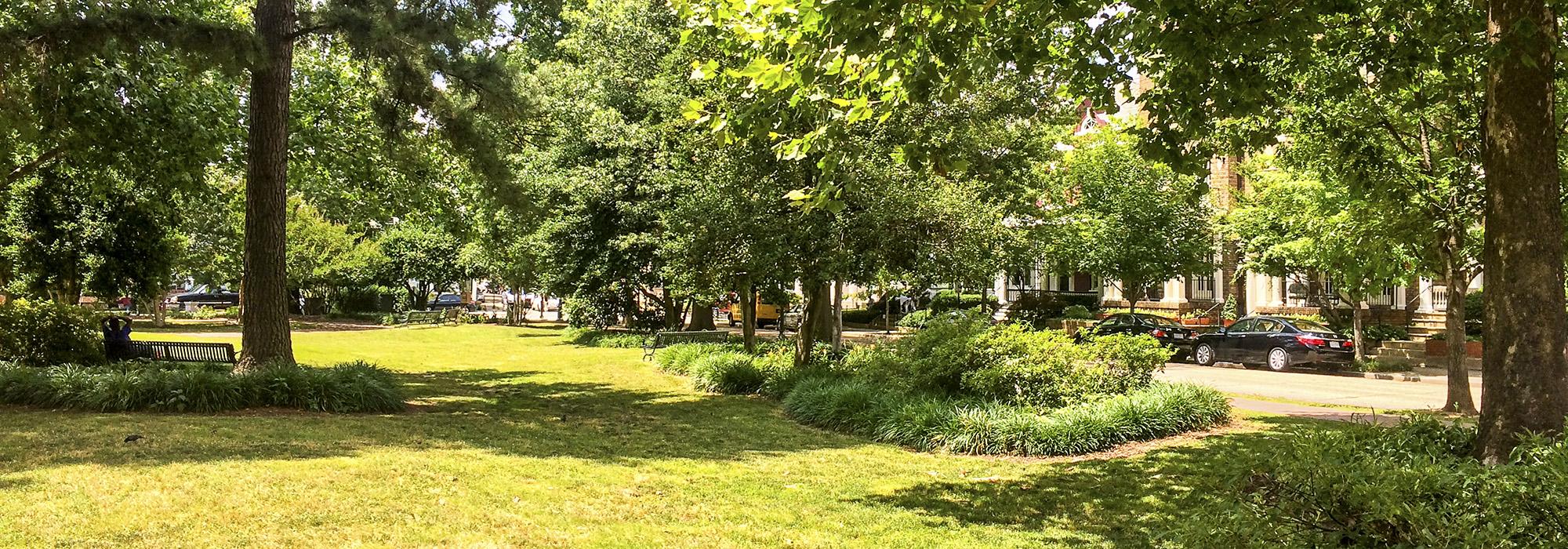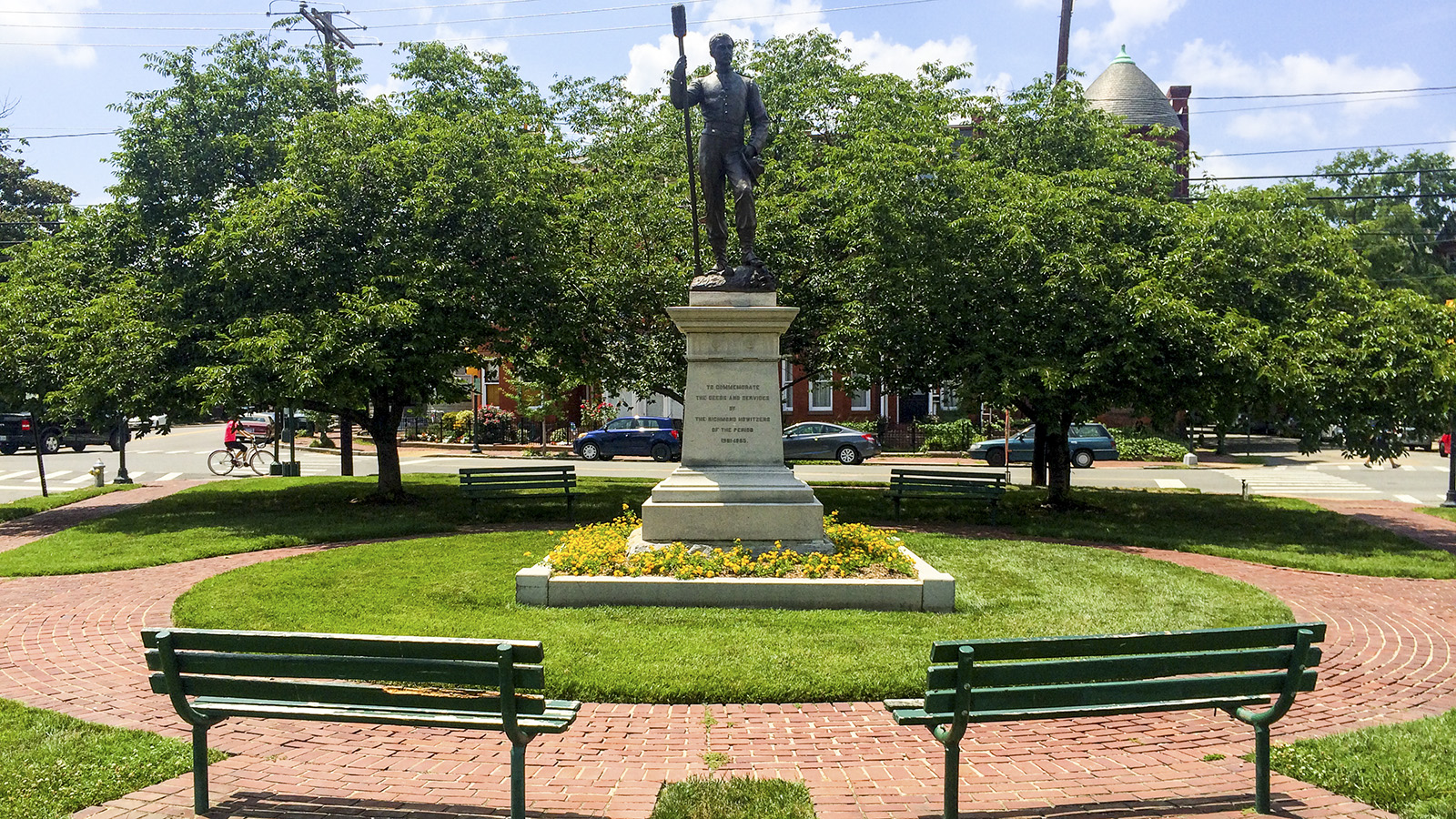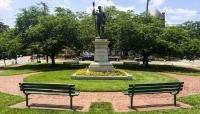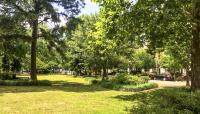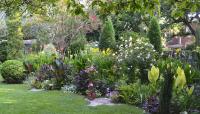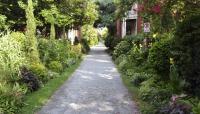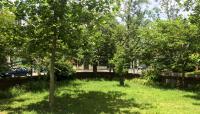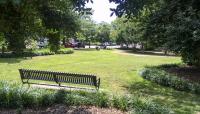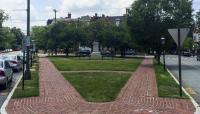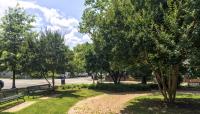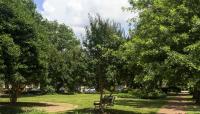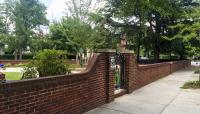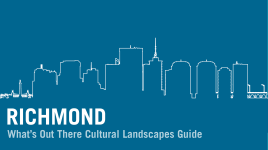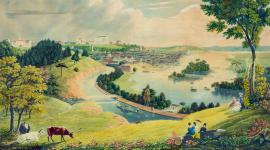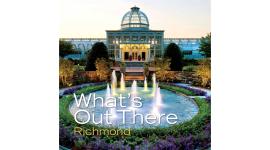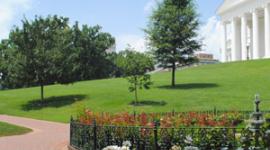Landscape Information
Richmond’s Fan District, named for the pattern of tree-lined streets that radiate westward from the downtown urban grid, was developed between 1890 and 1930 and contains a diverse assemblage of Italianate, Queen Anne, and Colonial Revival houses, churches, and apartment buildings. In accordance with City Beautiful principles that were popular at the time, civil engineer Wilfred Cutshaw developed the Fan’s radial streets and alleys as well as its triangular parks.
Running diagonal to the city grid, Park Avenue meanders through the heart of the district. Where it intersects with cross streets, three triangular parks—ranging in size from one-sixth to one-half an acre—provide relief from the densely developed neighborhood. Located on the downtown edge of the Fan and bordered by Virginia Commonwealth University at the intersection of Harrison Street and Park Avenue, a small common provides the setting for the Howitzer Monument dedicated in 1892. Commemorating a Civil War battalion, the stone and bronze monument is encircled by a brick walk and benches with lawn and a grove of flowering trees comprising the perimeter. Further west, Lombardy Park consists of a play area situated amidst ginkgos and surrounded by a four-foot tall brick wall with several wrought-iron gates. Meadow Park, the largest includes brick sidewalks, curvilinear perennial beds, and a monument to Virginia’s first infantry regiment. The 85-block Fan Area Historic District was listed on the National Register of Historic Places in 1985.



